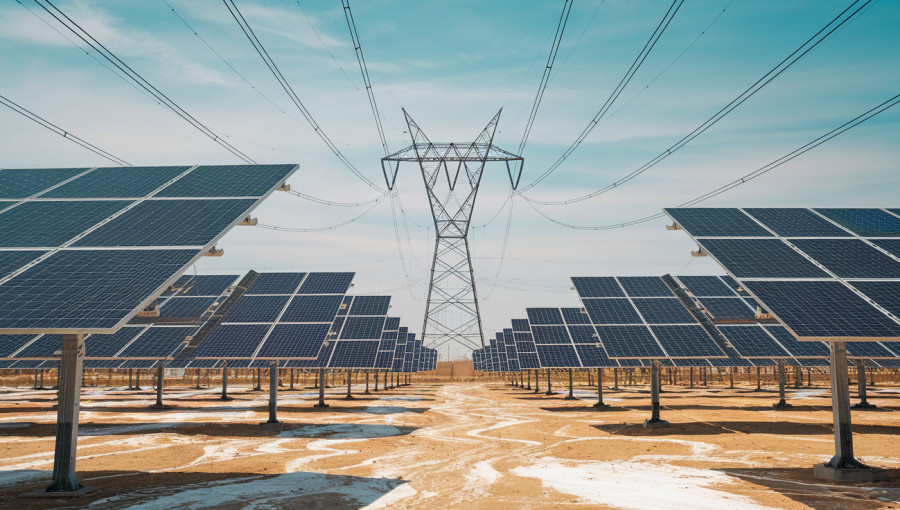Earlier this month, Texas set a new record for solar energy production, reaching 29.9 gigawatts on September 9, marking the 17th record broken this year. Solar energy, which accounted for over 40% of the state’s power between 9 a.m. and 4 p.m., was part of a significant summer for renewable energy. Battery storage systems also hit four discharge records this month, managing power efficiently by storing excess solar energy. With rising electricity demand projected through 2026, the state is leaning toward solar and battery technology despite a slow response in developing new gas plants.
Solar power has increasingly demonstrated its capacity to meet Texas’s energy demands, particularly when combined with battery storage solutions. The Electric Reliability Council of Texas (ERCOT) reported that during the summer months from June to August, solar energy accounted for 15.2% of all power demands, surpassing coal, which contributed 12.5%. In contrast to previous years when ERCOT urged residents to conserve energy during scorching summer temperatures, this year the agency attributed its stability to the prolific deployment of solar power and battery technology.
As natural gas struggles to address the state’s energy needs—a situation that prompted proposals for over 100 new gas plants—Texas legislators created a $7.2 billion loan program to incentivize such construction. However, progress has been slow, with only two facilities approved for a fraction of the funding amid rising costs and supply chain issues. Meanwhile, the affordability and quick integration of solar and battery systems into the energy grid underscore their growing importance in Texas’s energy landscape.
Amid these developments, the Environmental Protection Agency proposed the termination of its Greenhouse Gas Reporting Program, which has been in place for 15 years. This move would halt crucial emissions data collection from major pollution sources like power plants and could disrupt existing regulations. Some industry groups have expressed concerns that the change might complicate international trade, especially with the European Union.
Additionally, the Trump administration has initiated fresh challenges against offshore wind projects, seeking to withdraw approvals for significant projects like the Maryland Offshore Wind Project, which has faced financial hurdles due to tax credit changes. Legal actions are also underway regarding the construction of the nearly completed Revolution Wind project, with Connecticut and Rhode Island’s attorneys general pushing for a court order to resume construction despite federal opposition.
In line with this, the U.S. Department of Energy has highlighted a “best of the above” approach to energy generation at a recent congressional hearing, contrasting with previous all-encompassing energy philosophies. Meanwhile, discussions are ongoing among four states seeking to counter the administration’s efforts against the endangerment finding, which recognized greenhouse gases as a public health hazard—a core element of numerous climate regulations.
As companies like Rivian move forward with plans for new electric vehicle factories despite expiring federal tax credits, California has taken legislative steps to reduce energy costs and accelerate public financing for utility infrastructure. In rural Maine, the adoption of electric boats is gaining traction, presenting a cleaner alternative for the aquaculture industry, while some industrial players in the appliance market are quietly adjusting their public information on the air quality impacts of gas versus electric stoves amidst regulatory challenges. Despite these shifts, used electric vehicle sales have surged, reflecting a growing market for sustainable transportation options.

